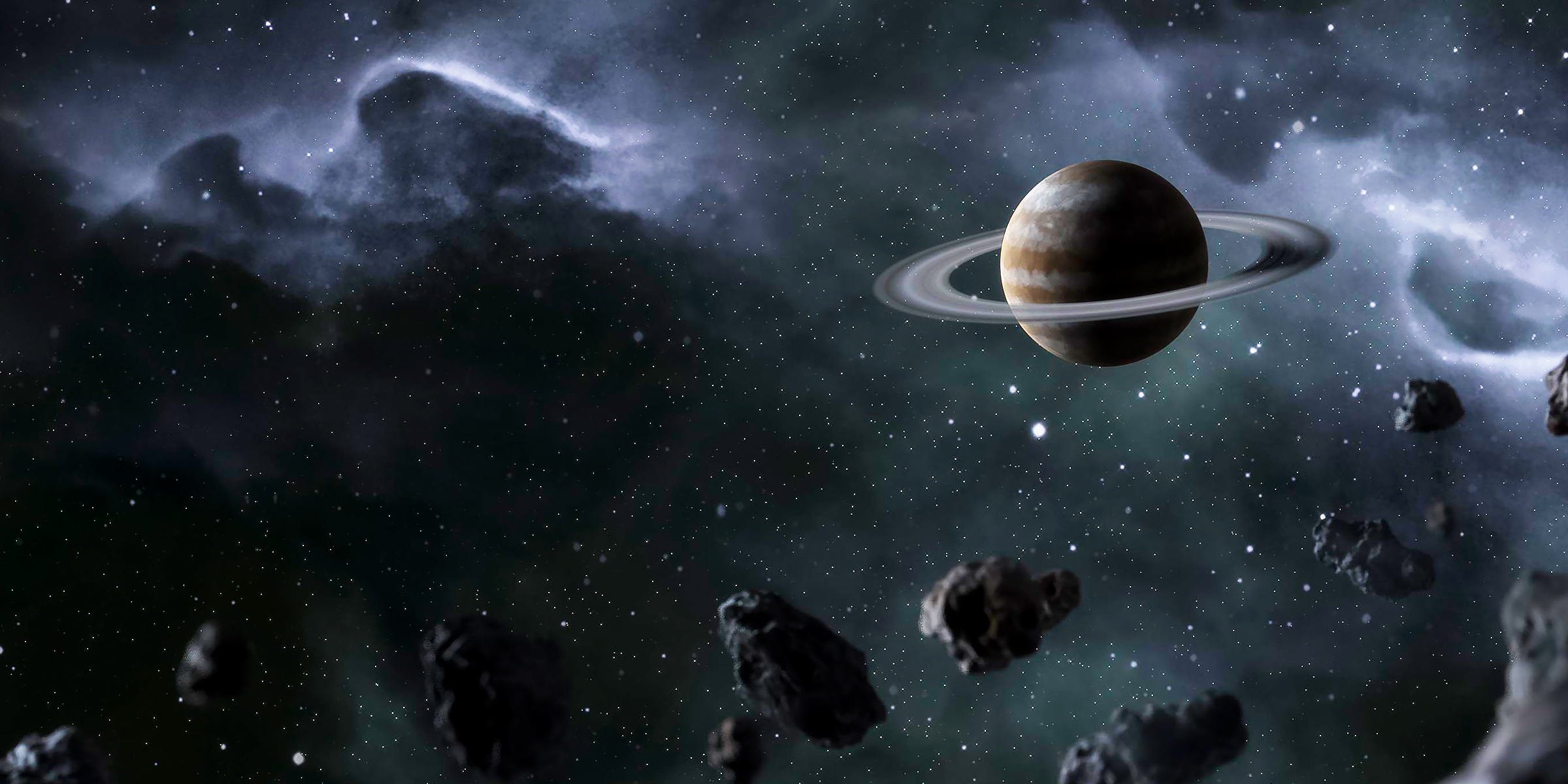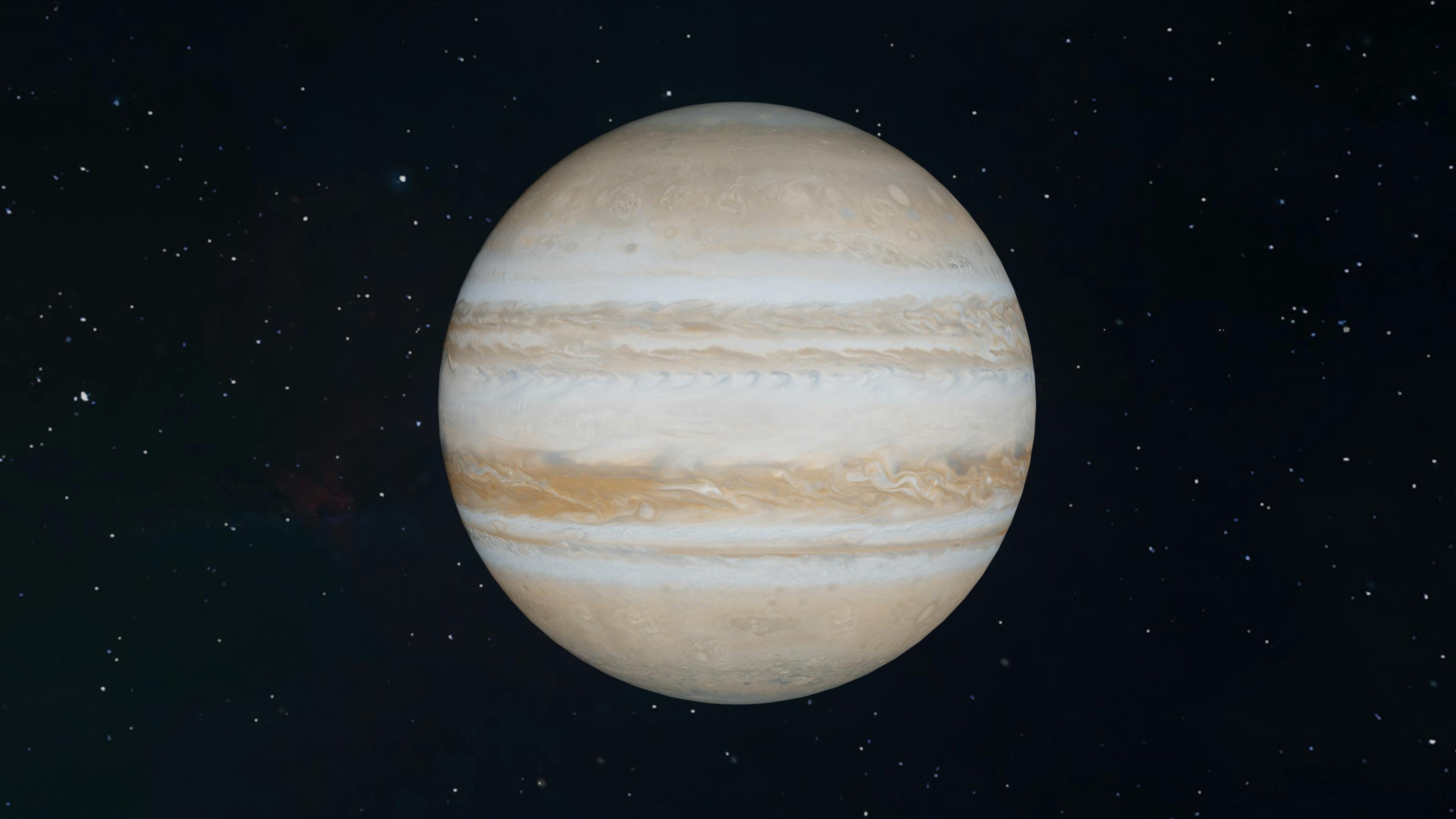
100 Interesting Facts About Jupiter Part 2— Exploring the Giant of the Solar System
Continue your cosmic journey with 100 interesting facts about Jupiter, as we delve deeper into the mysteries and marvels of this giant planet. Get ready to be amazed by the sheer scale and complexity of our solar system's largest member.
As we continue our journey into the majesty of Jupiter, the largest planet in our solar system beckons with more secrets to unveil. In 100 interesting facts about Jupiter Part 2, we dive deeper into the mysteries of this gas giant, exploring its extraordinary features and the profound influence it exerts within our celestial neighborhood.
Each fact in this series brings us closer to understanding the complexities of Jupiter, from its enigmatic Great Red Spot to its bustling family of moons. Prepare to be further captivated by the stories and phenomena that make Jupiter a continual source of fascination for scientists and astronomers alike.
100 Interesting Facts About Jupiter Part 2
1. Jupiter's dynamic atmosphere showcases a stunning array of colorful bands and zones, a result of varying chemical compositions. These distinctive features include dark belts and bright zones, driven by formidable jet streams coursing through the planet's atmosphere.
2. Much like other gas giants, Jupiter lacks a well-defined solid surface, primarily composed of gaseous matter.
3. Among Jupiter's most renowned features looms the Great Red Spot, an immense storm with a tumultuous history spanning at least 350 years. Its vast scale is so expansive that it could engulf Earth multiple times over.
4. Formed approximately 4.5 billion years ago, Jupiter predates Earth by nearly 50 million years, emerging from the gravitational collapse of gas and dust. It assumed its current position within the solar system around 4 billion years ago.
5. A single orbit around the sun for Jupiter translates to a staggering 12 years on Earth, underscoring the gas giant's vast orbital journey.
6. Jupiter's colossal mass dwarfs that of all other planets combined, exceeding their collective weight by two and a half times.
7. Hydrogen dominates Jupiter's atmosphere, constituting a staggering 91% of its composition.
8. Deep within Jupiter's interior lies a layer of metallic hydrogen, forming its inner mantle.
9. Surrounding the metallic hydrogen mantle is a layer of liquid hydrogen, comprising Jupiter's outer mantle.
10. Some researchers theorize that Jupiter serves as a cosmic shield for the inner solar system, deflecting potential threats from comets and asteroids with its formidable gravitational pull.

High definition of Jupiter | Source: Pexels
11. The Galileo probe achieved a historic milestone by becoming the inaugural spacecraft to enter orbit around Jupiter.
12. NASA has explored potential strategies for the economic utilization of Jupiter, contemplating ventures beyond mere scientific exploration.
13. Radiation poses a significant obstacle to the development and exploration of Jupiter and its moons, presenting formidable challenges for future missions.
14. Jupiter's turbulent atmosphere hosts a myriad of intense weather phenomena, featuring powerful storms and lightning displays that captivate the attention of astronomers worldwide.
15. Jupiter's immense gravitational influence extends far beyond its own orbit, with the ability to perturb the trajectories of other celestial bodies, including planets like Mars, owing to its colossal mass.

Planet Jupiter | Source: Pexels
We've delved into the vast wonders of Jupiter, uncovering its mesmerizing storms and magnetic fields in 100 interesting facts about Jupiter Part 2. Ready for more cosmic discoveries?
Join us in 100 Interesting Facts About Jupiter Part 3, where the journey into the depths of this giant planet continues.
